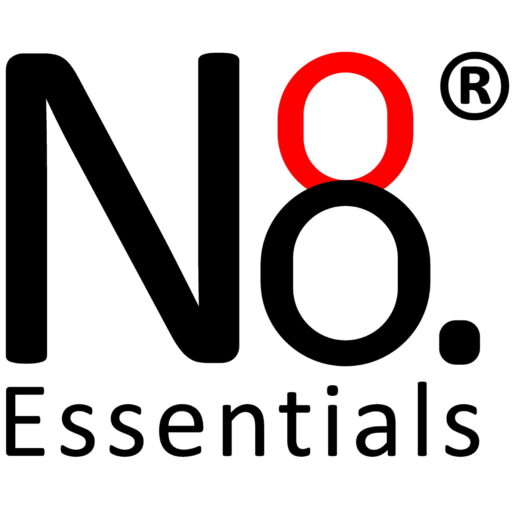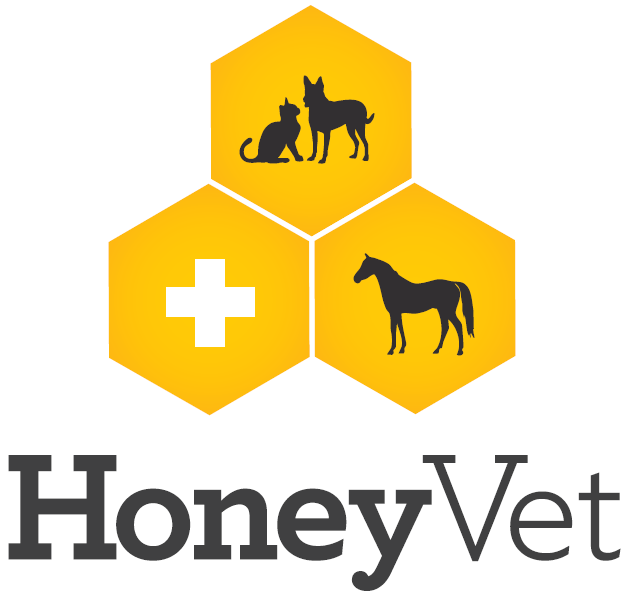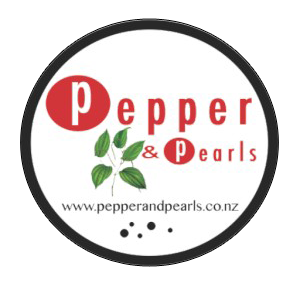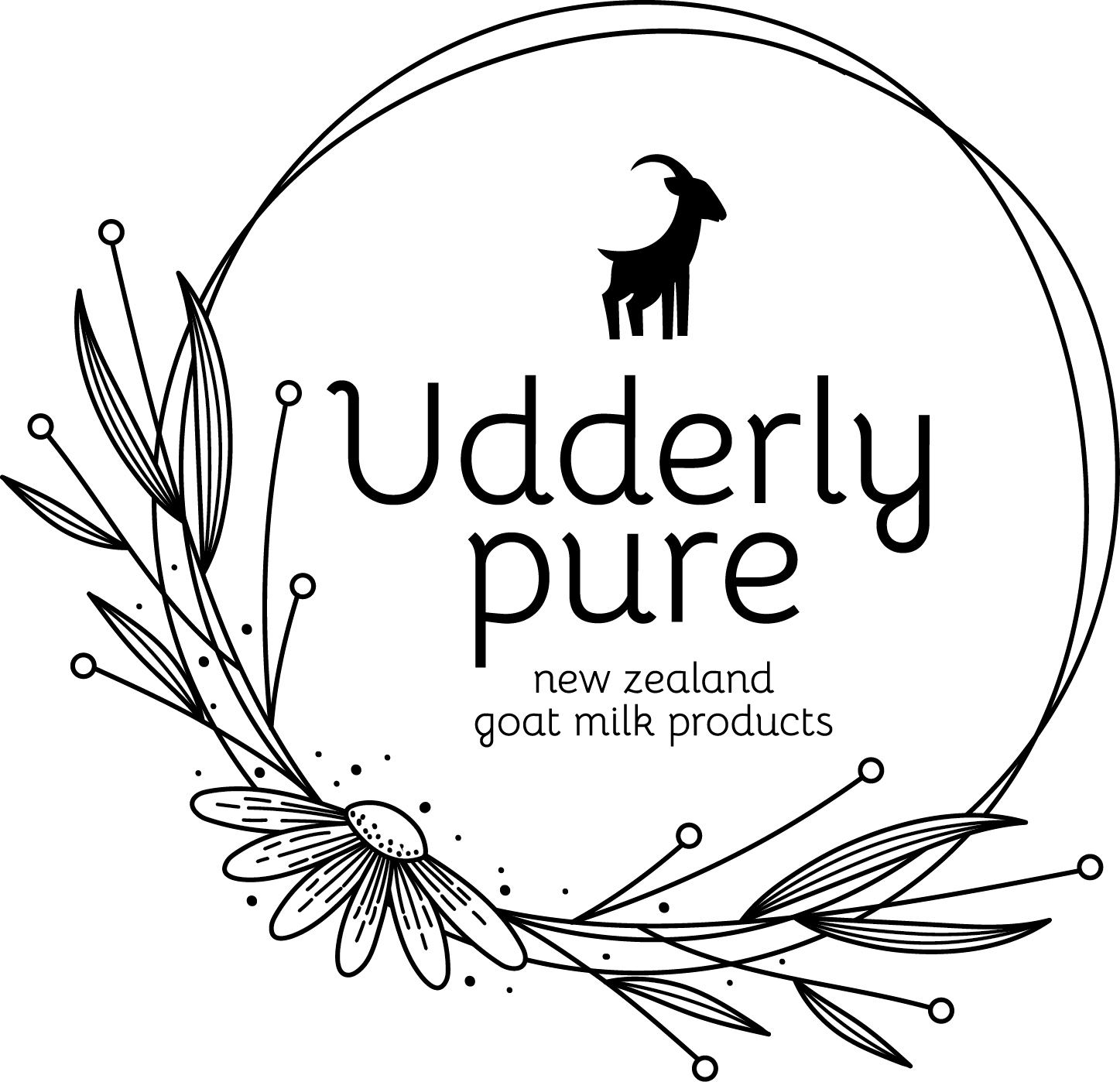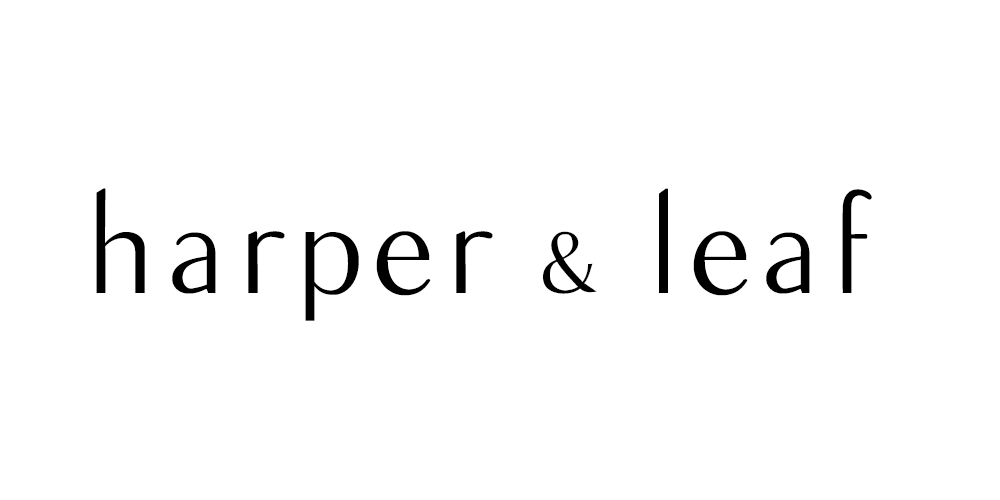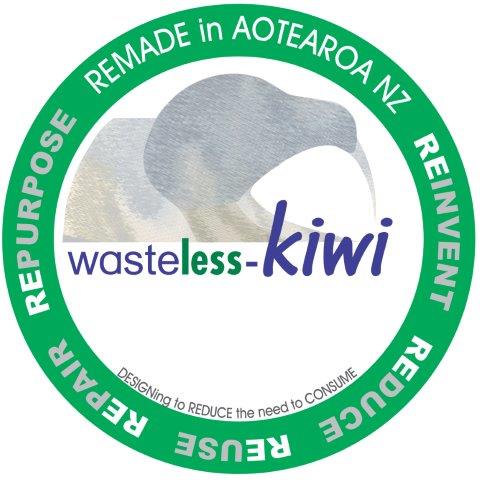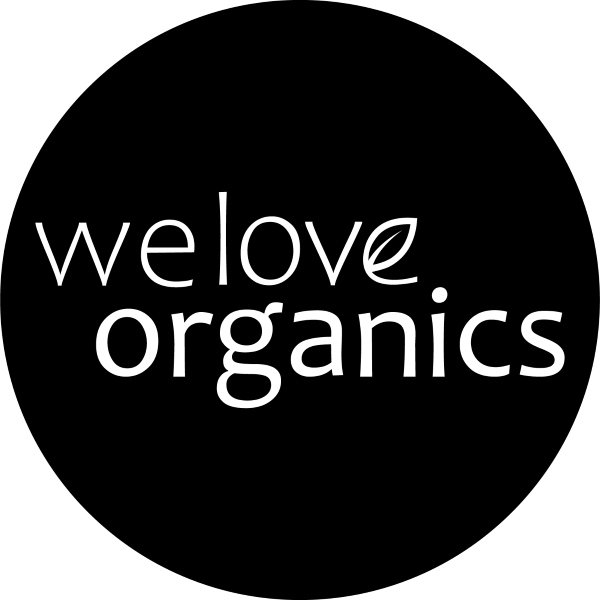
Sadly after nearly 10 years of bringing eco-friendly products to you, Green Elephant has closed its doors.
Many vendors are continuing to sell their products and details of how to reach some of them are below.
Kevin and Gillian are focusing on other things in life, and thank you for your support over the years.
If you need to get hold of Green Elephant for any reason, please contact No. 8 Essentials here – they’ll pass it on.
No. 8 Essentials make a range of natural skincare, such as deodorants, lip balms, perfumes, and more. Products that work as they should, with an emphasis on plastic minimisation – so we also supply marine grade stainless pegs.
Website: www.no8essentials.co.nz
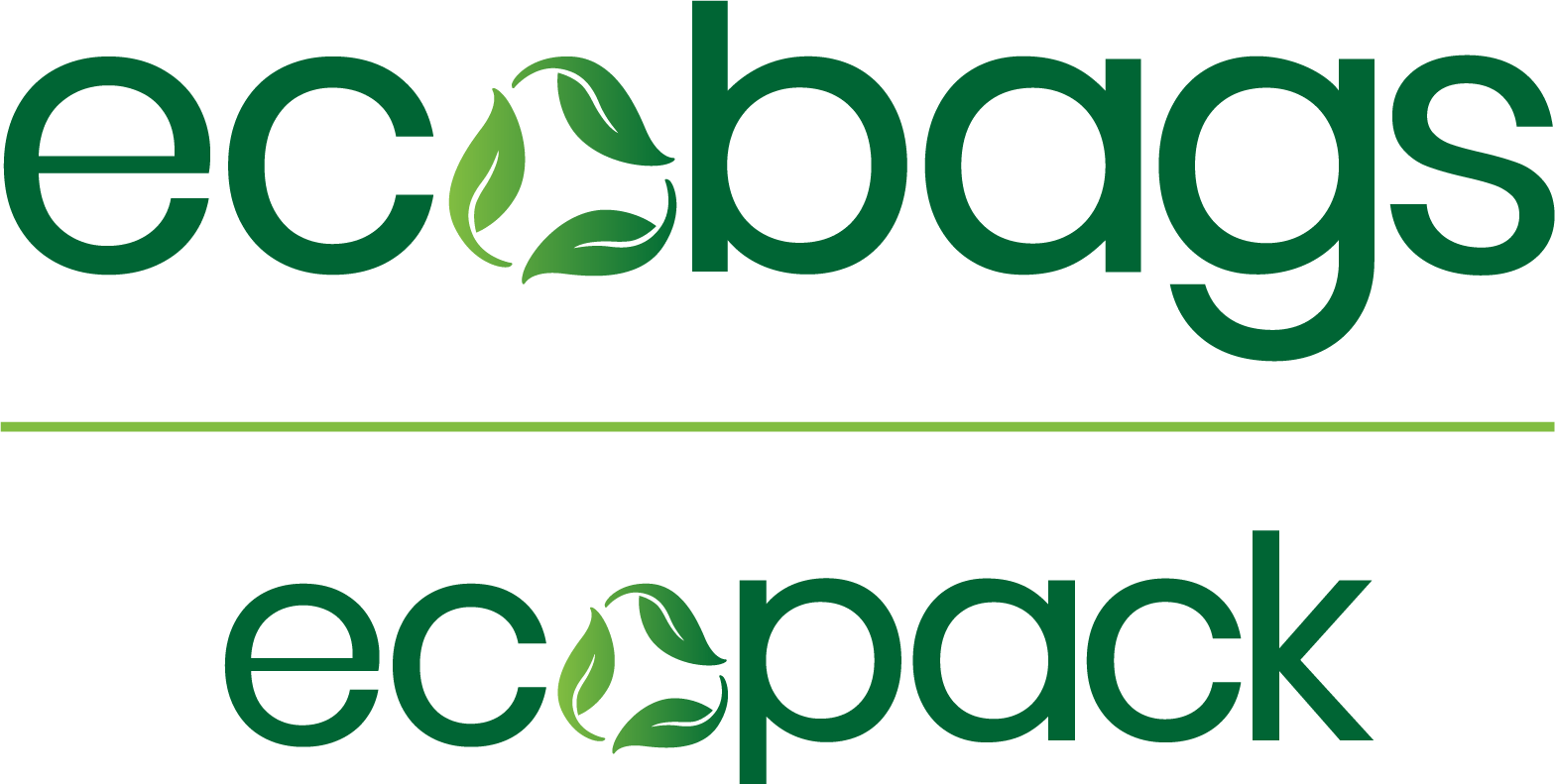
Ecobags NZ offers smart, sustainable alternatives to single-use plastic bags, helping Kiwis make eco-friendly choices every day. Our compostable and recycled bin liners are designed to make sustainable living simple and practical for homes and businesses across New Zealand.
Website: www.ecobags.co.nz
HoneyVet natural pet care products harness New Zealand’s nature’s healing properties to provide our animal friends with a natural alternative for skin and coat care.
Website: www.honeyvet.co.nz
Kampot pepper from Cambodia is world-class. Our Peppercorns and sustainable Acacia wood Grinder sets are a perfect pairing for the ultimate gift.
Website: www.pepperandpearls.co.nz
Udderly Pure brings you the simple goodness of goat milk skincare, straight from our farm. Gentle, nourishing, and packed with natural love — for skin that feels as good as it looks.
Website: www.udderlypure.co.nz

Concentrated herbal medicinal tinctures from spray-free gardens; salves; healing balms. Bioresonance scanning and frequency healing; animal therapies like acupuncture, laser, therapeutic massage, and orthobionomy.
Website: www.wellnesshanmer.com
harper & leaf – handcrafted all natural, vegan and palm free soap bars Formulated with beautiful oils and butters, plant based colourants and pure essential oils.
Instagram: www.instagram.com/harperandleaf
Ethically sourced homewares
Website: www.etico.co.nz
Wasteless-Kiwi cares about the planet, creating product dedicated to reducing textile waste and overconsumption. Our products range from authentic handcrafted sewing kits to high quality, transeasonal, zero waste clothing. We design with the aim to reduce the need to consume, reconnecting people to textile crafts and saving the planet one item at a time.
Website: www.wasteless-kiwi.com
Pure and organic personal care and oral care products handcrafted in NZ. Holistically formulated, synergisitic blends that really work!
Website: www.weloveorganics.co.nz/
Experience transformative power of Pure Himalayan Shilajit Resin/Drops. Explore premium quality, authentic Himalayan Shilajit for enhanced vitality.
Website: www.goldrockshilajit.com
